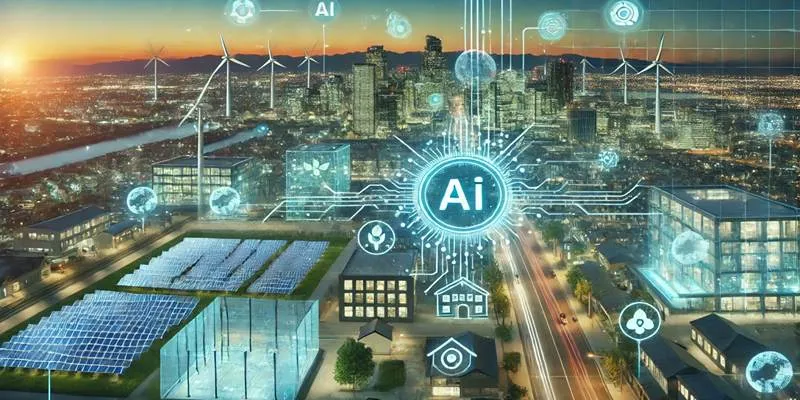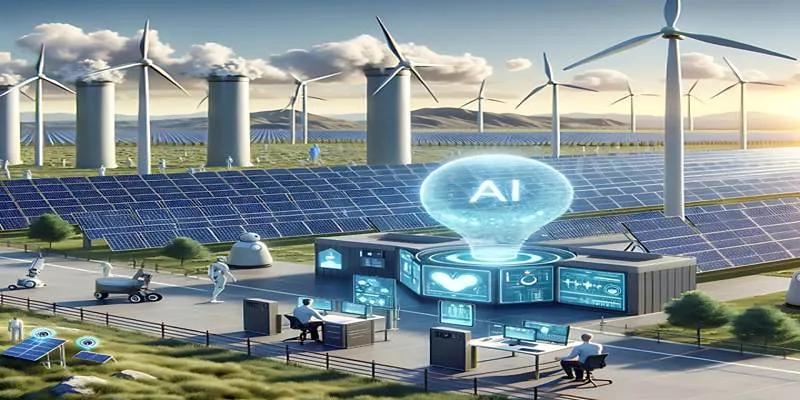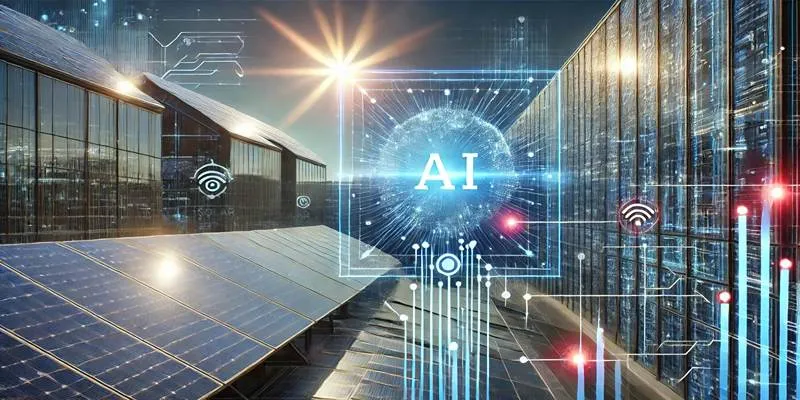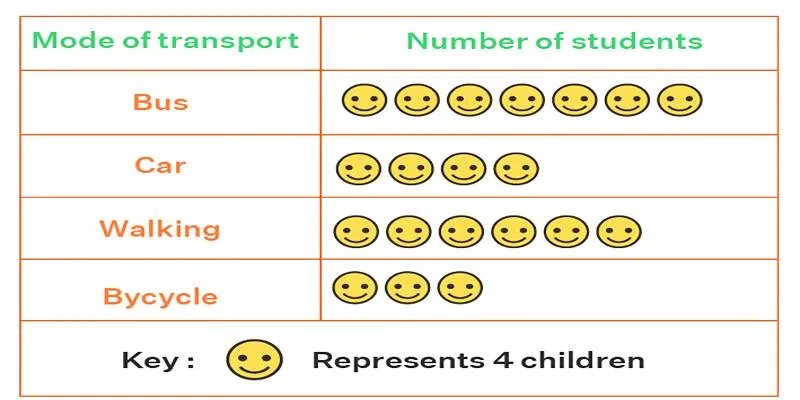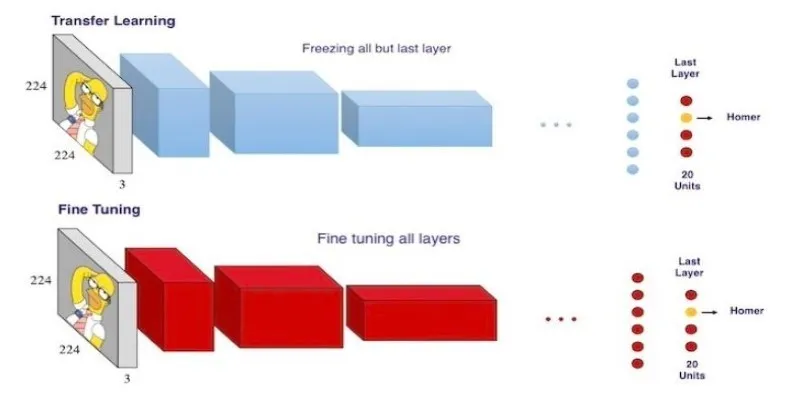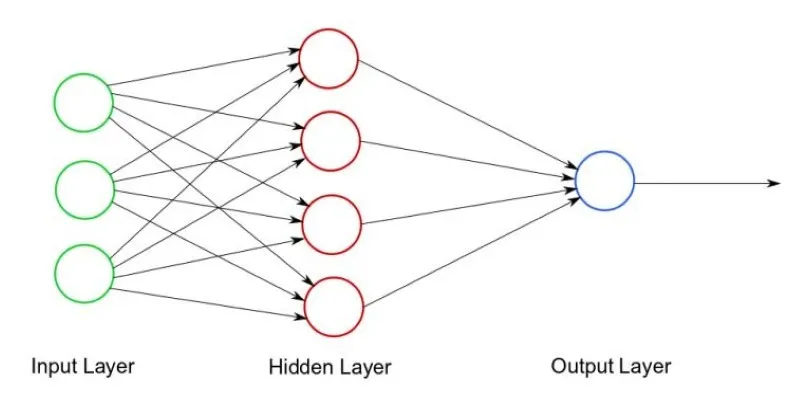Predicting energy demand accurately has always been crucial in the dynamic realm of energy management. Traditional methods are falling short due to increasing global energy needs and a push for sustainable resources. Enter Artificial Intelligence (AI), a game-changer offering innovative solutions for better analysis, prediction, and control of energy consumption.
AI in energy demand forecasting is revolutionizing how energy providers plan for the future. It enables them to achieve a crucial balance between supply and demand. This blog post delves into how AI is transforming energy forecasting , exploring its practical applications, benefits, challenges, and future prospects.
Understanding Energy Demand Forecasting
Energy demand forecasting involves predicting future energy consumption by analyzing historical data, weather patterns, and consumer behavior. Accurate forecasts ensure that energy companies can maintain a balance, avoiding both surpluses and shortages.
Historically, forecasting relied on static models, spreadsheets, and a limited set of environmental factors. These conventional methods often struggle with real-time fluctuations and unforeseen events. AI fills these gaps with intelligent models that continuously learn, adapt, and improve.
The Shift from Traditional to AI-Based Forecasting
Traditional forecasting models operate on fixed patterns, relying heavily on static data. They often falter with dynamic variables like sudden weather changes or population growth.
Conversely, AI employs machine learning algorithms to analyze vast amounts of structured and unstructured data. These models uncover patterns that human analysts or outdated systems might miss. By integrating diverse data sources—such as weather reports, smart meters, traffic information, and consumer habits—AI generates real-time, highly accurate predictions.
Key Benefits of AI in Energy Demand Forecasting
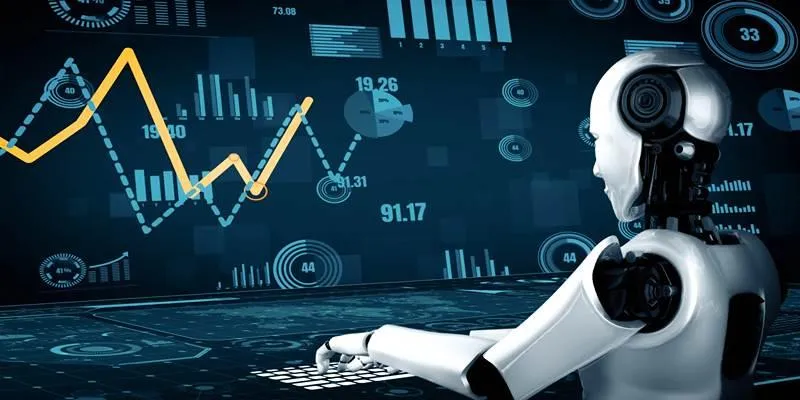
AI offers multiple advantages in energy forecasting , making it indispensable for modern energy providers and smart grid systems.
Significant benefits include:
- Improved Accuracy: AI models continuously learn and refine predictions based on new data.
- Real-Time Forecasting: Enables minute-by-minute energy usage predictions, facilitating better short-term planning.
- Reduction in Waste: More accurate forecasts reduce overproduction, conserving energy and lowering costs.
- Integration with Renewables: AI forecasts the variable output of solar and wind energy, ensuring smoother grid operations.
These benefits collectively enhance operational efficiency and promote environmental sustainability.
How AI Forecasts Energy Demand
AI relies on machine learning techniques, including neural networks, regression models, and time-series analysis. These systems process vast datasets from multiple channels:
- Smart Meters: Record household and industrial energy consumption in real time.
- Weather Sensors: Monitor temperature, humidity, wind, and sunlight, all of which influence energy usage.
- Market Signals: Analyze electricity pricing and peak demand periods.
- Behavioral Patterns: Track energy usage across different times and seasons.
After analyzing this data, AI models generate demand forecasts ranging from a few hours to several weeks in advance. These forecasts help utilities plan energy generation, storage, and distribution more effectively.
AI and Balancing Energy Supply with Consumption
A consistent energy supply is essential to meet consumption needs. Imbalances can lead to power shortages or unnecessary generation costs.
AI systems aid energy providers in maintaining this balance through:
- Load Forecasting: Predicting energy demand at specific times.
- Demand Response Management: Adjusting supply based on real-time demand patterns.
- Automated Control: Activating storage systems or backup power during sudden demand spikes.
With AI, even small-scale energy systems like microgrids can become more responsive and efficient.
Supporting Renewable Energy Integration
Renewable energy is vital in the global strategy to reduce carbon emissions. However, its unpredictability poses forecasting challenges.
AI plays a crucial role in managing this variability. For example:
- Solar Forecasting: AI analyzes satellite images and weather data to predict solar panel output.
- Wind Forecasting: AI models estimate wind power production by tracking wind speed, direction, and air pressure.
- Battery Storage Optimization: AI determines optimal times to charge or discharge batteries based on usage predictions.
These applications help stabilize grids while promoting cleaner energy sources.
Types of AI Models Used in Energy Forecasting
Different AI techniques are employed depending on the forecasting model’s goal. These models can predict demand for the next hour, day, week, or even longer.
Popular AI models include:
- Artificial Neural Networks (ANN): Excellent at identifying hidden patterns in data, widely used in load forecasting.
- Support Vector Machines (SVM): Used for classification and regression problems in energy data.
- Decision Trees and Random Forests: Useful for predicting demand based on variables like weather, time of day, and location.
Each model has its strengths, and energy companies often test different models to find the best fit for their needs.
Real-World Applications of AI in Forecasting

Many companies and governments worldwide have adopted AI for energy demand forecasting.
- Google DeepMind partnered with the UK’s National Grid to enhance forecasting accuracy, potentially saving millions annually.
- India’s Power Grid Corporation uses AI to predict rural and urban electricity needs, helping reduce blackouts.
- Siemens integrates AI into its smart grid platforms for real-time load management and energy distribution.
These examples highlight AI’s effectiveness across different geographical and infrastructural contexts.
Conclusion
Artificial Intelligence is transforming the energy industry by enhancing the accuracy and speed of demand forecasting. Through real-time analysis and intelligent pattern recognition, AI enables energy providers to optimize production, prevent waste, and better integrate renewable sources. While challenges like cost and privacy remain, the long-term potential is immense. By adopting AI-driven forecasting systems, energy companies can not only improve operational efficiency but also contribute meaningfully to a more sustainable and resilient future.
 zfn9
zfn9

